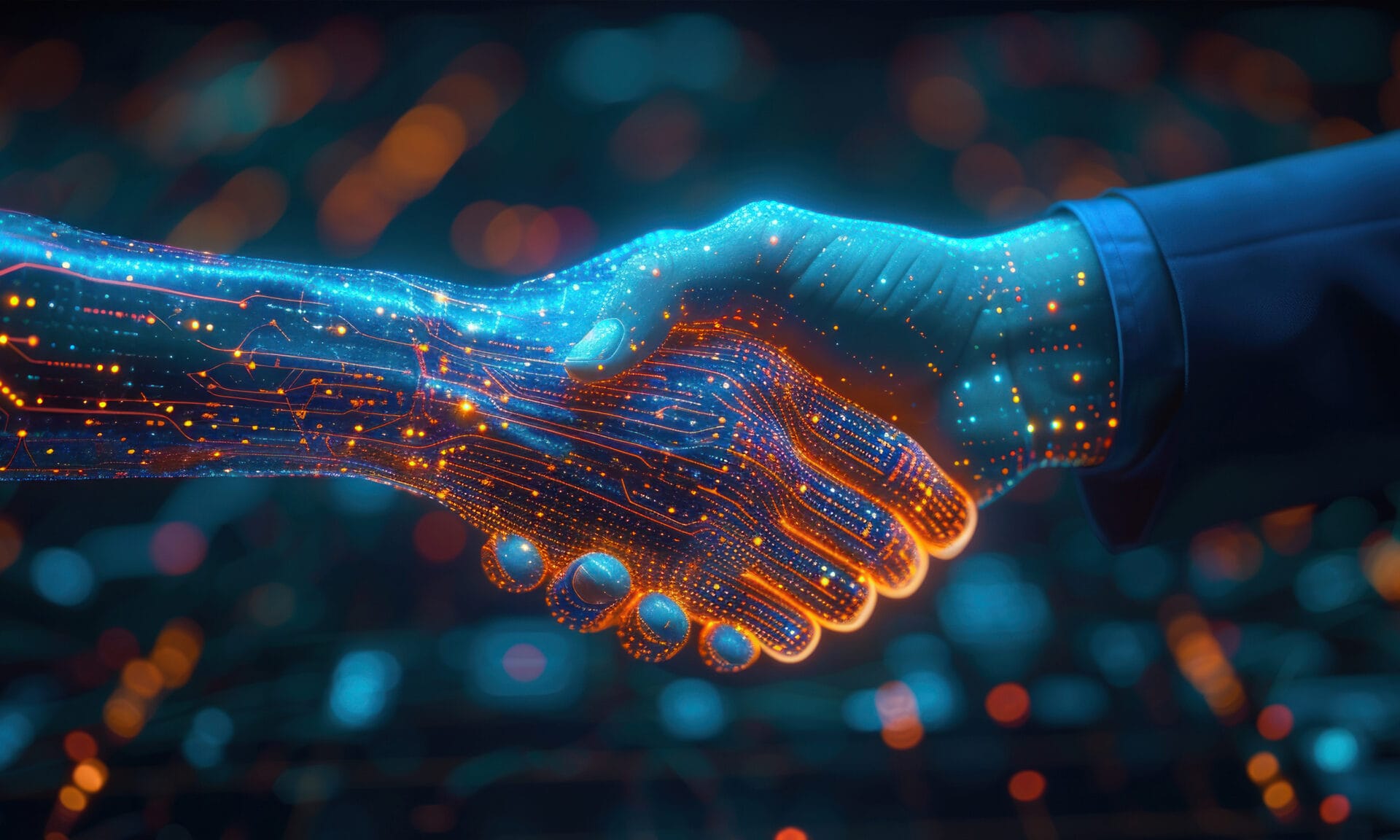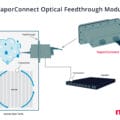Industry 5.0, the so-called Fifth Industrial Revolution, is an emerging phase of industrialization that sees humans working alongside software, robotics and AI to enhance workplace processes. Are we ready for it? Here, Christoph Dorigatti, Vice President of Global Business Development at COPA-DATA, explains how industry can overcome manufacturing’s biggest obstacle in achieving Industry 5.0.
Industry 5.0 might evoke visions of a futuristic factory where humans seamlessly collaborate with advanced technologies, and while this concept sounds promising, it is important to recognize that many industrial businesses have not yet fully realized the potential of Industry 4.0.
The reality of Industry 4.0 implementation
When Industry 4.0 was coined back in 2011, it focused on the integration of cyber-physical systems, the Internet of Things (IoT) and cloud computing in manufacturing. The new trend promised to revolutionize production by making it more intelligent, efficient and responsive. However, many manufacturing companies are still grappling with the basics.
A significant barrier to the successful implementation of Industry 4.0 is the reliance on outdated methods of data collection. In numerous factories, high-quality shop floor data — the cornerstone of AI and advanced analytics — is still being recorded on paper. This challenge was apparent in discussions at the World Economic Forum (WEF) Annual Meeting of the New Champions, an event that welcomed me, along with 1500 other business leaders, in June.
Frankly, achieving industrial digitalization is impossible without digitized data, yet much of the manufacturing realm is continuing to rely on paper-based processes. This archaic approach has consequences that impact almost every aspect of digitalization, including the integration of legacy systems, deployment of AI and automation.
Integrating legacy systems
One of the most formidable challenges facing manufacturing companies — particularly those that have not widely embraced advanced technologies — is the integration of legacy systems. Despite the media rhetoric surrounding Industry 4.0 and now 5.0, most manufacturing facilities still operate with legacy equipment, much of which was not designed with modern connectivity in mind.
This situation makes it difficult for manufacturers to achieve the seamless flow of information required for advanced digitalization. What’s more, this lack of integration creates data silos, where valuable information is trapped within specific systems, inaccessible to the broader network that could benefit from it.
Harmonizing the collection and storage of shop floor data, whether from new or legacy equipment, is a crucial step towards overcoming this hurdle. Without overhauling these legacy systems, independent software is the only solution.
COPA-DATA’s industrial software platform, zenon is engineered to bridge the gap between old and new technologies. Taking a hardware agnostic approach, the technology allows manufacturers to connect and combine datasets from a huge variety of assets, making legacy equipment smarter.

The foundation of AI in manufacturing
While the digitalization of factory processes requires harmonized data, AI needs more. For AI to truly enhance manufacturing processes, it requires access to very high-quality and reliable data sets. This data is the lifeblood that fuels machine learning models, enabling them to learn, adapt, and predict outcomes with remarkable accuracy. In other words, the data must be precise and dependable.
AI’s potential in factories is vast. It can optimize production efficiency by identifying bottlenecks, predicting maintenance needs and adjusting workflows in real-time. AI can also significantly reduce resource consumption by fine-tuning processes to minimize waste and energy use. Additionally, it can enhance product quality by detecting defects early in the production cycle, ensuring that only top-notch products reach the market. However, without a solid foundation of relevant data, these advanced capabilities remain theoretical and unattainable.
Ensuring that data from all sources — both new and legacy — is accurately collected, stored, and accessible is vital for leveraging AI in meaningful ways. Moreover, it is crucial for achieving the level of human-machine collaboration described by Industry 5.0.
The road to Industry 5.0
While the allure of Industry 5.0 is strong, it is crucial to acknowledge and address the current gaps in digitalization in the manufacturing sector. By focusing on implementing technologies to improve how we collect, manage and analyze data, industrial businesses can lay the groundwork necessary for more advanced technological collaboration.
This foundational work is essential for moving beyond the promises of Industry 4.0 and towards the more sophisticated, human-centric vision of Industry 5.0.
To learn more about , visit the COPA-DATA website here.








